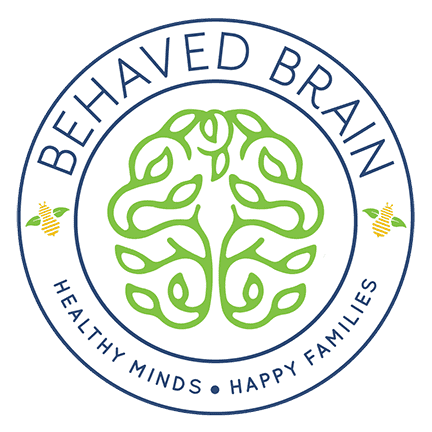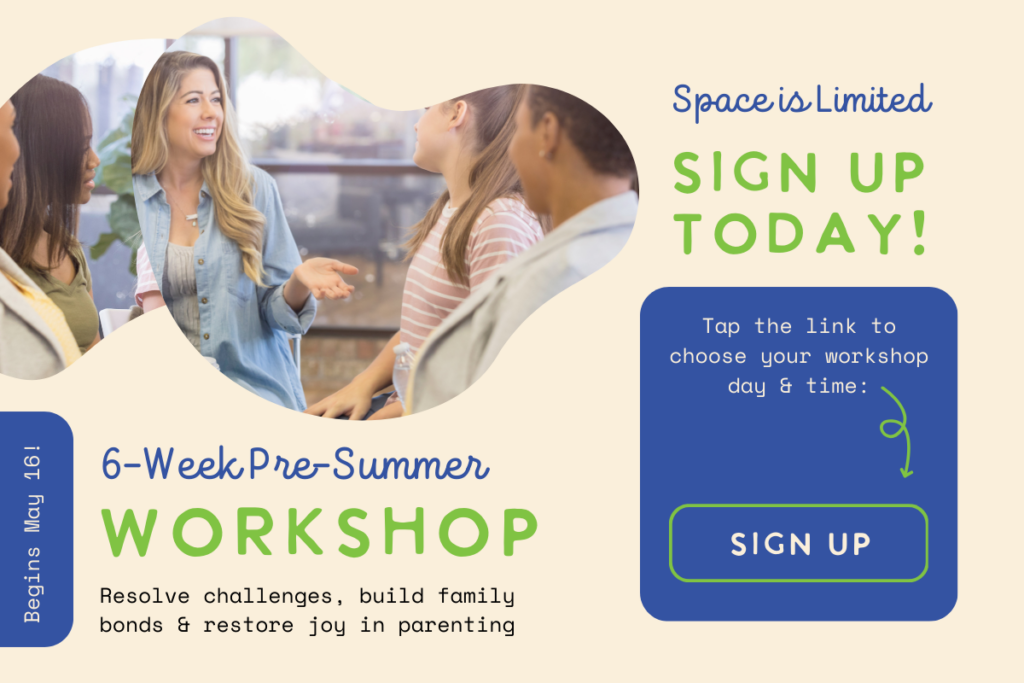And How It Can Help Your Neuro-Development
We all know the importance of eating vegetables, having discussed this many times within our other articles. The benefits of healthy eating and nourishing with a more plant-based diet has been well documented in research, namely The China Study book. It’s a great read to understand the biological changes diet can have on our genetics.
But, we also know that getting kids to eat vegetables can be a challenge. With all the fights we have with our children: homework battles, chores, being respectful, etc., do we really want to add eating vegetables to the list? Not always. Most parents feel that eventually the “picky eating” stage will subside and kids will learn, maybe even love, to eat healthy.
I think as children age, the battle against vegetables does wither away, but I also feel that without constant exposure to vegetables, children will not learn to eat them. I put vegetables on my kids’ plate before any other food. We have a rule in our home that you need to try everything, even if you don’t like it. This increases the chances of my kids actually liking vegetables. Usually, the first couple times I get a lot of negative comments and whining. But, after repeated exposure, they learn to eat, sometimes enjoy, these new additions. And just like that, I have added some more food to their repertoire!
The most significant change I noticed in my children, and with our clients at Behaved Brain, is after they have participated in growing a garden. When children are involved in something, in this case growing their food, they are significantly more likely to want to try it. Growing a garden, whether it is a container garden on your deck, or a raised bed garden, is a great way to get your kids active, outside and eating vegetables.
I would start by reading books or watching some shows about gardening. PBS Kids offers a number of great shows that touch on gardening, including Sid the Science Kid. Joanna Gaines just wrote a great book called “We Are The Gardeners” (not to, mention her garden is something dreams are made of!). Other great books are “Up In The Garden, Down In The Dirt”, “Eating The Alphabet”, “Planting A Rainbow” and “The Curious Garden”.
Reading these books to kids helps start the conversation around what they would like to plant. Head over to your local nursery for some organic seedlings (Abmas Farm (https://abmasfarm.com/) is a local favorite here, as well as the Ramsey Farmers Market (https://www.ramseyfarmersmarket.org/). Have your children look around and choose what they would like to plant. Grab some organic soil, pots and get outside for an afternoon of planting!
Grabbing your kids their own gardening set will give them the space to be able to garden on their own. I love this clever tool kit from amazon for my kids!
After school, go out into the garden and water, weed and explore. Not only will your kids be outside, but this is a great opportunity to connect and recharge as a family. You may find that your kids will occupy themselves in the garden and become more centered. There is a lot of emerging research about the benefits of being outside and connecting with nature as part of balancing the neurological system. I find that when my kids are outside, they are significantly better behaved than when we spend afternoons inside or running errands. I recommend that kids spend at least two hours outside a day, which of course means that prioritizing this limits other activities at times.
I hope that you are able to enjoy gardening this spring. Most gardens and seeds should be planted by Mother’s Day weekend, or a little later, but some vegetables (such as cabbage, peas, and lettuces) can be planted as early as April. The following book links may help you plan and organize your vegetable garden if you would like to take up the hobby alongside your children.
- The Week-by-Week Vegetable Gardener’s Handbook: Make the Most of Your Growing Season
- My First Beginner Gardening Book: A Simple Journal With Lists and Tips For First Time Gardeners (Harvest Basket)
- Vegetable Garden Planner: Journal and Logbook
Be Well,
Katie Gately
Behaved Brain Wellness Center
Healthier Kids – Happier Parents

